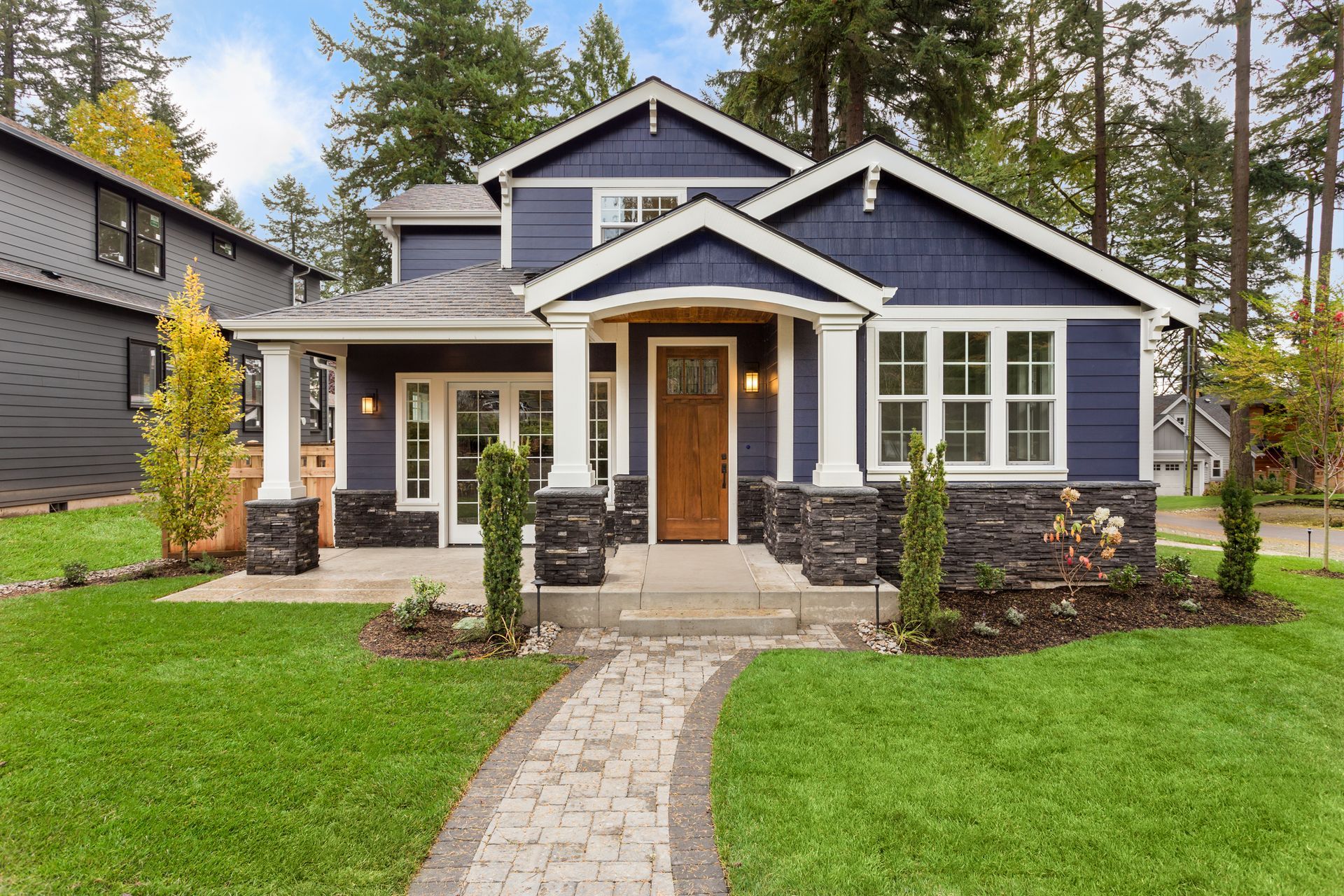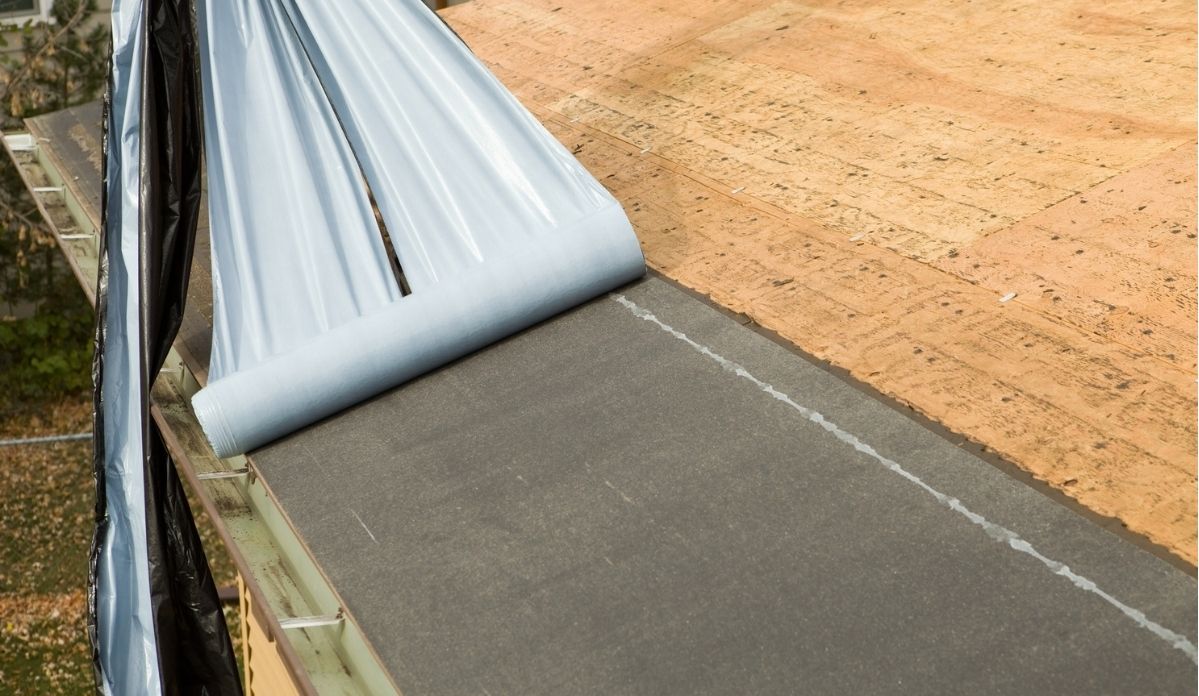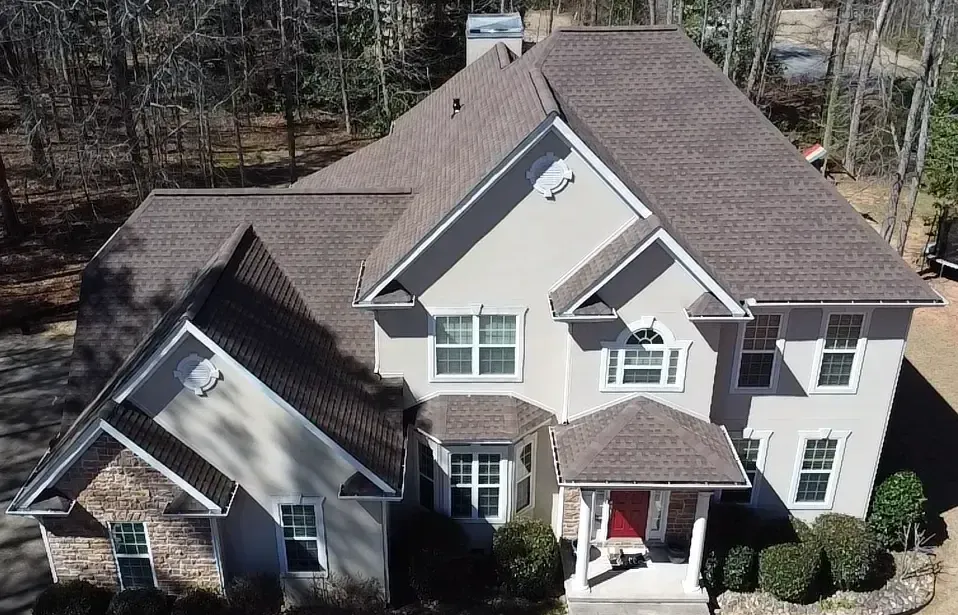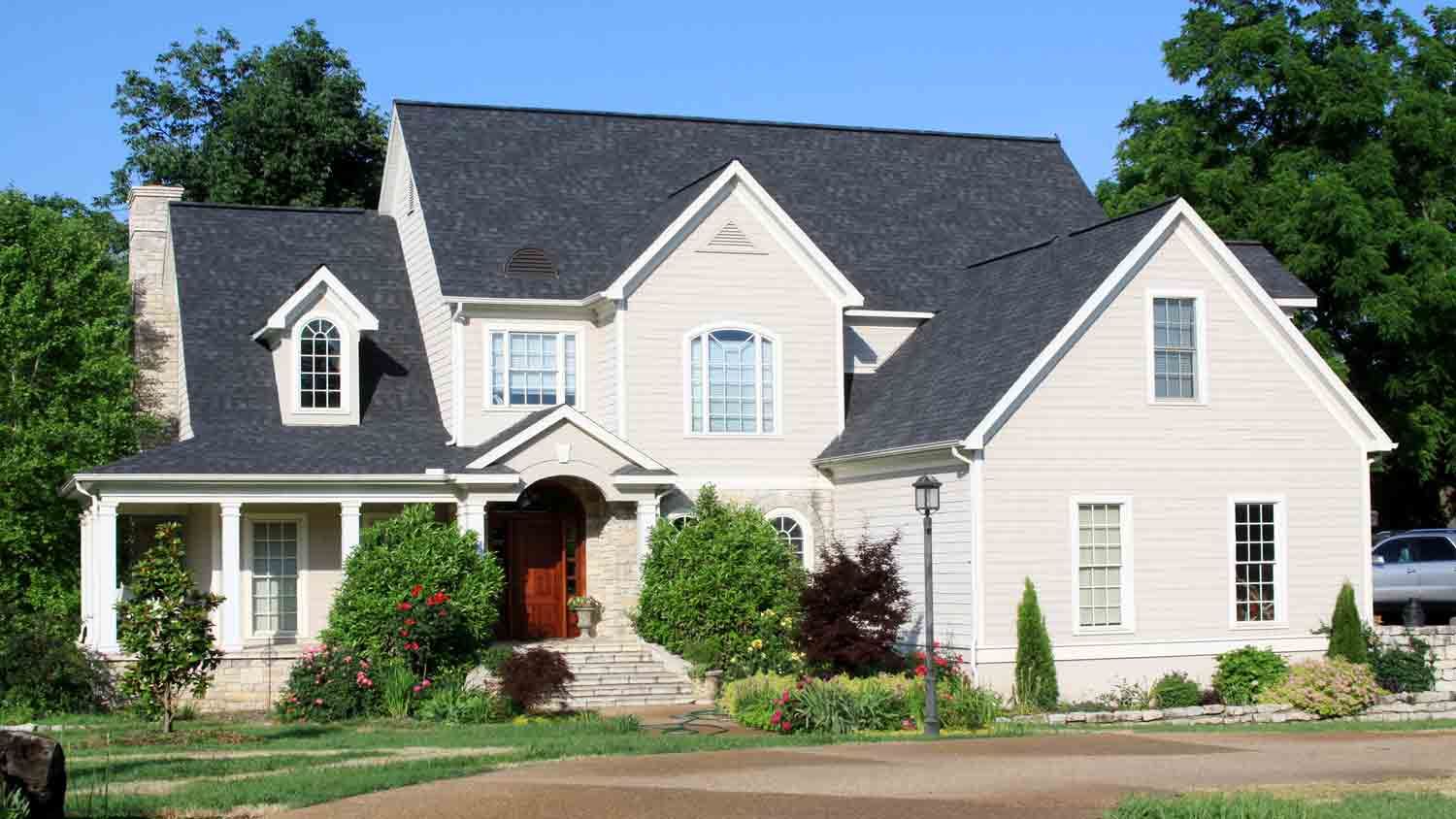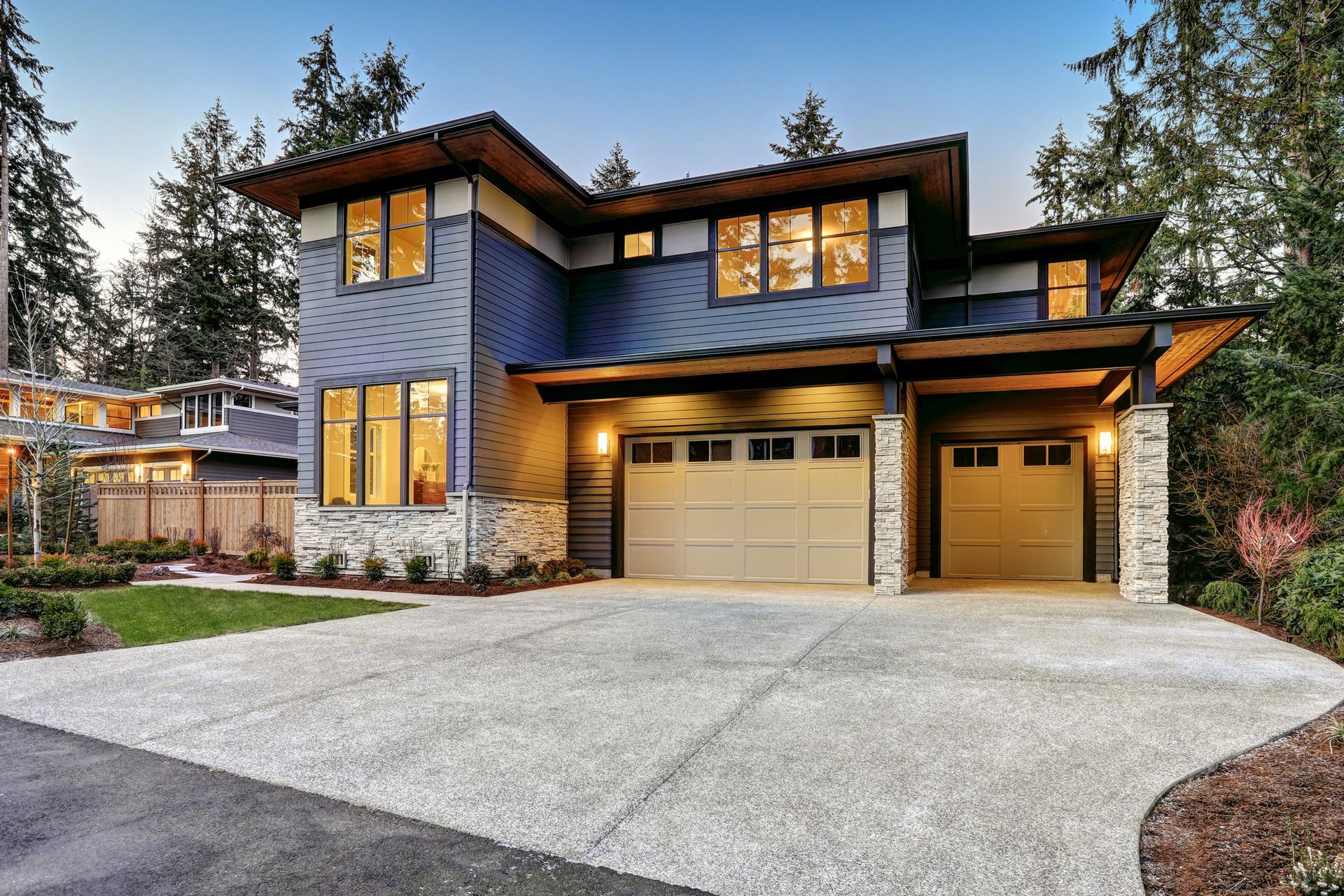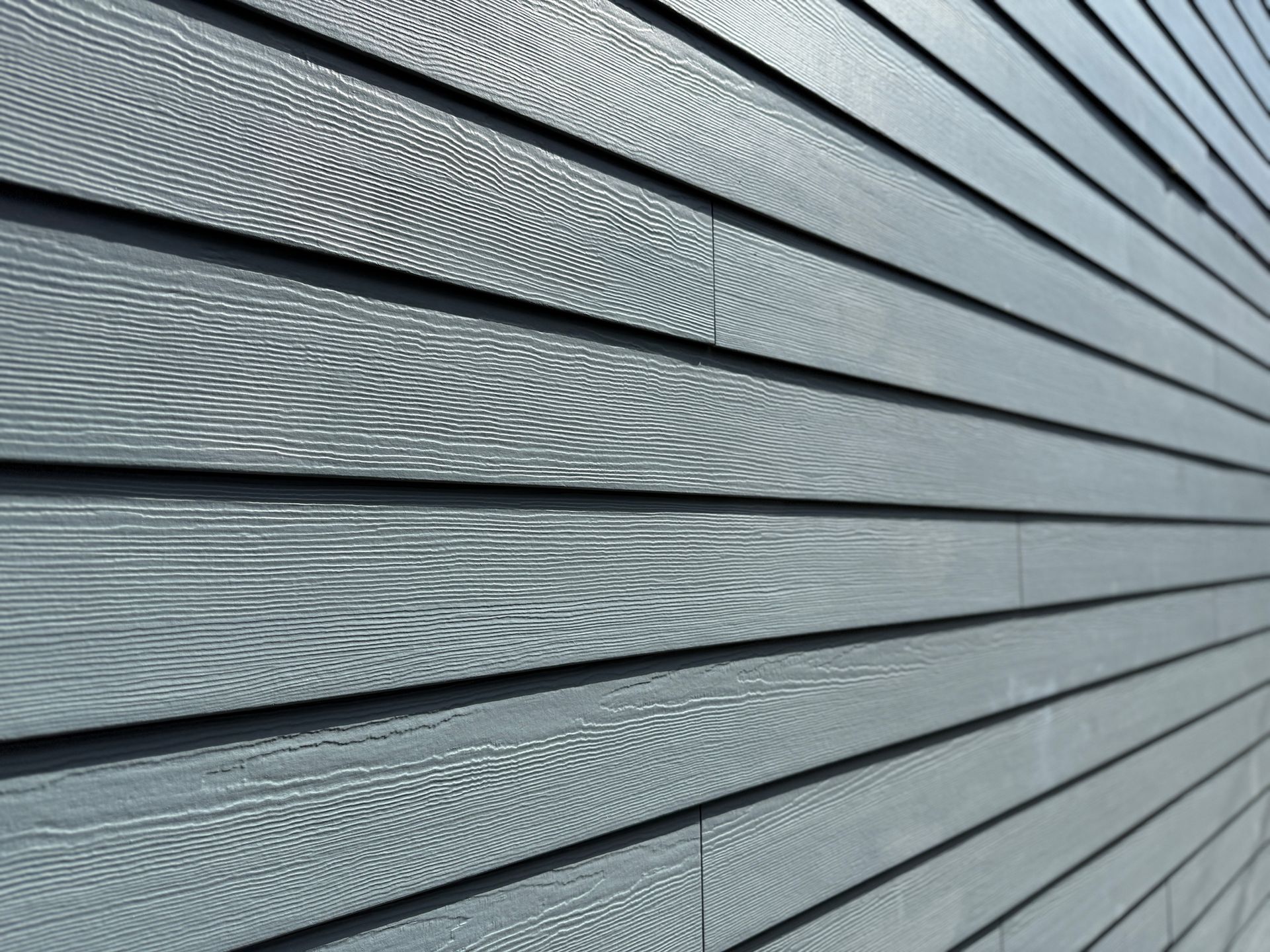Exterior Doors: What to know about price and quality
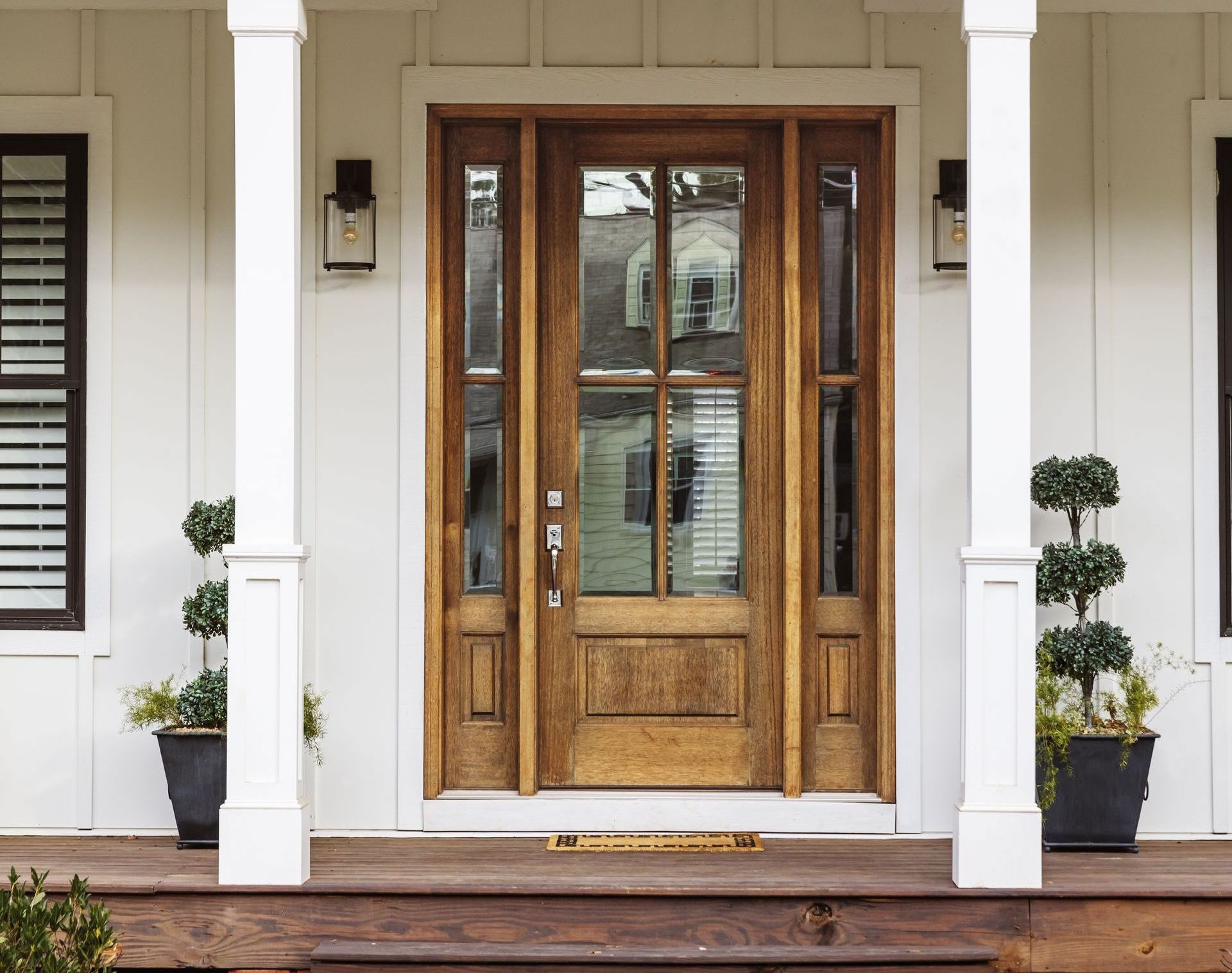
If you’ve ever shopped for a new door and felt confused by the price tags, you’re not alone. Some doors cost a couple hundred bucks, while others push well into the thousands. It’s a fair question: why are some doors so expensive while others seem like a bargain?
Let’s break down the real reasons behind the wide range in door pricing—so you know what you’re getting (and what you’re not).
Why Cheap Doors Are… Cheap
1. Lower-Grade Materials
Budget doors often use thinner steel, hollow cores, or low-density wood composites. These materials are lighter and less durable, making the door more vulnerable to dents, warping, and energy loss.
2. Minimal Insulation
A lot of inexpensive doors skimp on thermal insulation or use cheaper, less effective cores. That can lead to higher heating and cooling bills—and a less comfortable home.
3. Weak Hardware & Construction
Low-cost doors usually come with basic hinges, lightweight locks, and no reinforcement in key areas. They may also lack weatherstripping or proper sealing, increasing the chances of drafts, water intrusion, or premature wear.
4. Limited Design Options
Cheap doors tend to come in a few standard styles, sizes, and finishes. If you want a custom color, decorative glass, or premium hardware—good luck.
5. Short or No Warranty
Many low-end doors come with very limited warranties—or none at all. If the door warps, leaks, or breaks, you’re left footing the bill for repairs or replacement.
3. Advanced Security Features
Top-tier doors are built for more than just looks. Reinforced frames, multi-point locking systems, and impact-resistant glass give your home real protection against intruders—and the elements.
4. Customization & Curb Appeal
Better doors offer more finish options, panel designs, sidelites, decorative glass, and hardware styles—so you can match your home’s style and make a great first impression.
5. Professional Engineering
Quality brands invest in research, engineering, and testing. Their doors are built to meet or exceed building codes, hurricane standards, and insulation requirements. You get peace of mind that a cheaper door just can’t offer.
6. Long-Term Warranty Support
Leading brands back their products with robust warranties—often covering defects, finish, hardware, and even glass for 10+ years. That’s not just protection—it’s a sign they believe in what they sell.
Top Quality Door Brands
Conclusion
Whether you’re replacing a front entry door, back door, patio slider, or side entry, the choice between a cheap or high-quality door affects more than just looks.
While budget doors may seem appealing in the short term, they often lead to faster wear and costly replacements/repairs down the line. Quality doors, on the other hand, offer lasting performance, better materials, and stronger warranties—making them the smarter choice for homeowners who want peace of mind.
FAQ
1. Are expensive doors really worth the cost?
Yes—quality doors are a long-term investment. While they cost more upfront, they offer better customization, insulation, durability, and curb appeal. Over time, they often save you money through reduced energy bills and fewer repairs or replacements.
2. How long should a good entry door last?
A well-installed, high-quality entry door can last 20–30 years or more, depending on the material and maintenance.
3. What’s the biggest difference between a cheap and expensive door?
The main differences are materials, insulation, hardware quality, and construction. Cheap doors are often hollow, thin, and prone to damage. High-end doors are solid-core, weather-resistant, and built for performance, security, and longevity.
4. Do expensive doors help with energy efficiency?
Absolutely. Premium fiberglass and steel doors often come with high-performance insulation, tight seals, and ENERGY STAR ratings. This helps maintain indoor temperatures and reduces your heating and cooling costs.





